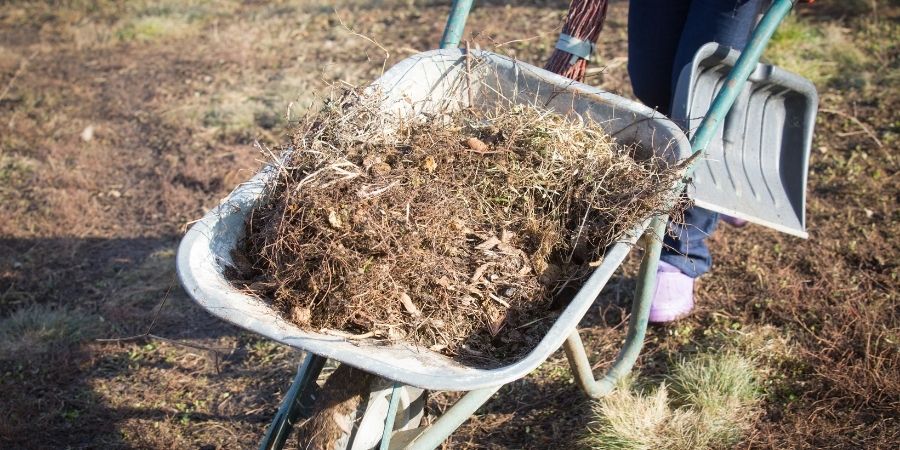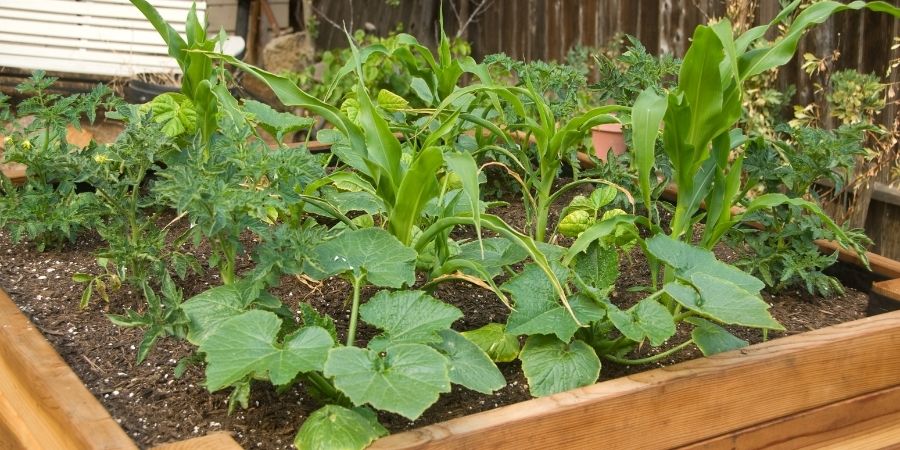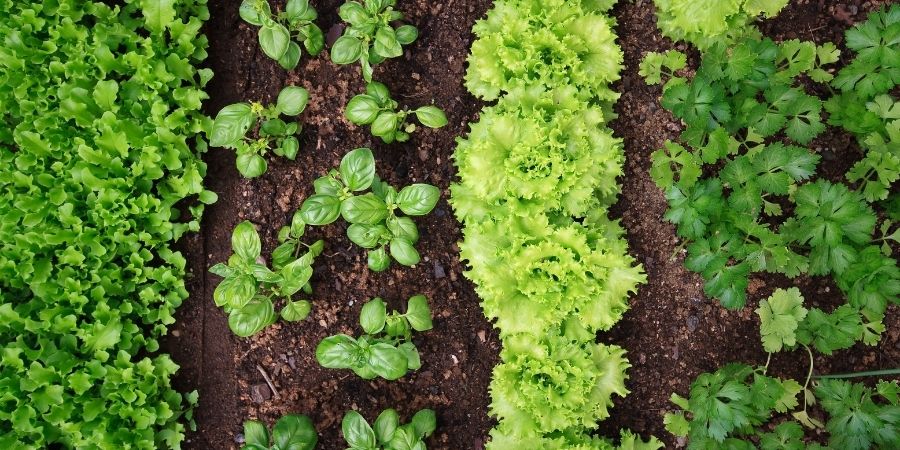Winter: The Best Time to Work on Your Garden
- Gardening Expert and Host of Growing a Greener World®November 13, 2021
Though there are a number of methods gardeners can use to extend the growing season, there is a period of dormancy for most gardens between December and February. During the coldest months, I take this opportunity to work on my garden rather than in my garden.
The careful planning and work that happens in winter lead to a more productive vegetable garden in spring, summer, and fall.
Remove Disease & Pest-Harboring Debris

The first task is to ensure that your garden plot is free of diseased crop debris from the previous season. For instance, if your tomato plants were killed off by disease, the fallen leaves, and fruit on the soil are likely harboring pathogens that will cause recurrences next season or even years later. Dispose of diseased plant material outside of the garden rather than adding it to your compost pile.
If your plants were the victims of pests, remove the debris where pest eggs, pupae, and adults may be overwintering. Your garden should not be immaculate while at rest because a number of beneficial insects overwinter inside stems of herbaceous plants and under leaves. But you should clean up when there is a known pest issue.
Improve Your Garden Site or Pick a Better One
Another important consideration for your garden is to pick an ideal site for growing vegetables. Maybe your garden is new, or maybe the plot that you have been using for years is just not productive anymore. Take time in winter to assess your best option for the next growing season.
For a vegetable garden, the more sun the better. Almost all vegetable plants thrive in full sun, and yields will decline as the amount of sun your garden receives diminishes. What was once a sunny garden plot may now be partially shaded as your trees have grown tall. It could be time to make a move.
Most vegetable crops prefer soil that is fertile and only slightly acidic. Get a soil test done over the winter so you can go into spring knowing exactly what amendments your soil needs to achieve the right pH level and balance the nutrients.
Your site also needs to be accessible. A healthy and productive garden demands your time and attention. If it is rarely visited, it will succumb to weeds, pests, and disease. Don’t place it anywhere that will be out of sight and out of mind. It’s also rewarding to gaze upon your garden and the fruits of your labor — so don’t hide it.
Your garden should drain well. Good drainage is essential to the success of your plants as few vegetable plants tolerate soggy ground. If your soil drains poorly, you can amend the soil with plenty of compost and other organic matter, such as shredded leaves. Organic matter helps sandy soil to retain moisture and it helps clay soil to drain. You really can’t go wrong with adding compost generously.

It may also be possible to change the slope of your garden site to redirect water. However, my favorite technique for ensuring good drainage is to plant vegetables in raised beds. Raised beds allow you the control to create an environment in which the soil is just dense enough to hold moisture but still loose enough to drain. To keep plants thriving, you can fill your raised beds with the perfect mix of topsoil, organic material, and aged manure.
Make a Schedule & Design
Next, decide what to plant and determine when to plant it. Learn what varieties grow best in your area. It’s fun to experiment with, but if you’re looking for reliability, go with varieties that are proven to succeed in your growing region. And remember that each type of vegetable calls for a different planting time. If you don’t plan ahead, you may miss your window of opportunity. To avoid disappointment, use these quiet months to study up and create a seed-starting and planting schedule.
A great resource for this information is your local Cooperative Extension. Many offices have extension agents and Master Gardeners on duty to answer all your gardening-related questions. Their websites are great resources that are specific to your area.

Lastly, know where to position plants in your garden and how much space to provide between them. To do this, you must know the growth habits of the plants you will be cultivating. Measure the dimensions of your garden plot and consider how much room you are really working with. How many of each type of plant can you fit while providing adequate space for growth and airflow? Also, take into consideration the path of the sun. Plan to place the tallest plants on the north and west side of your garden. That way, they won’t shade out shorter crops.
These guidelines will get you well on the way to planning for a bountiful harvest!

